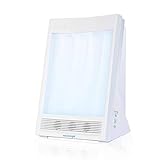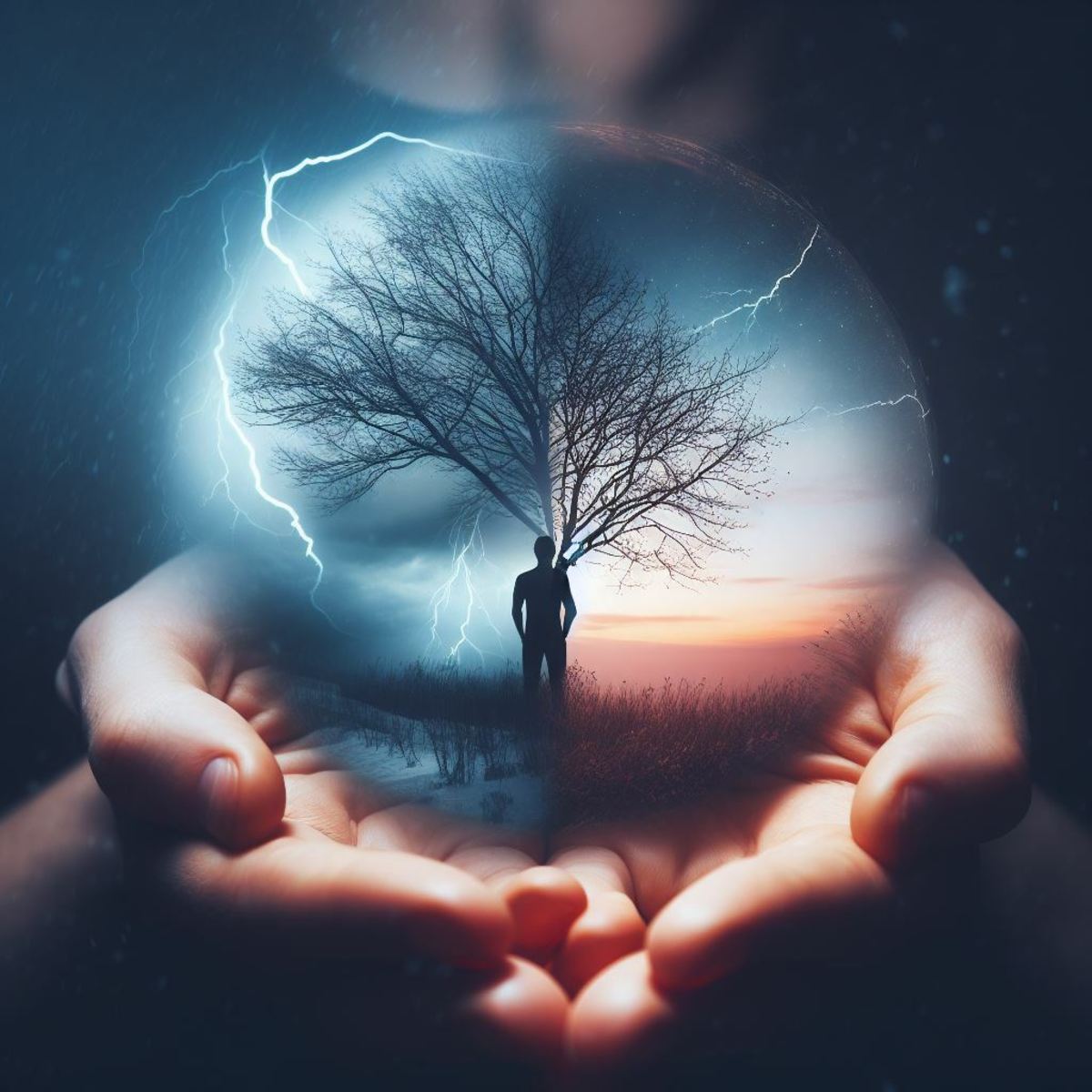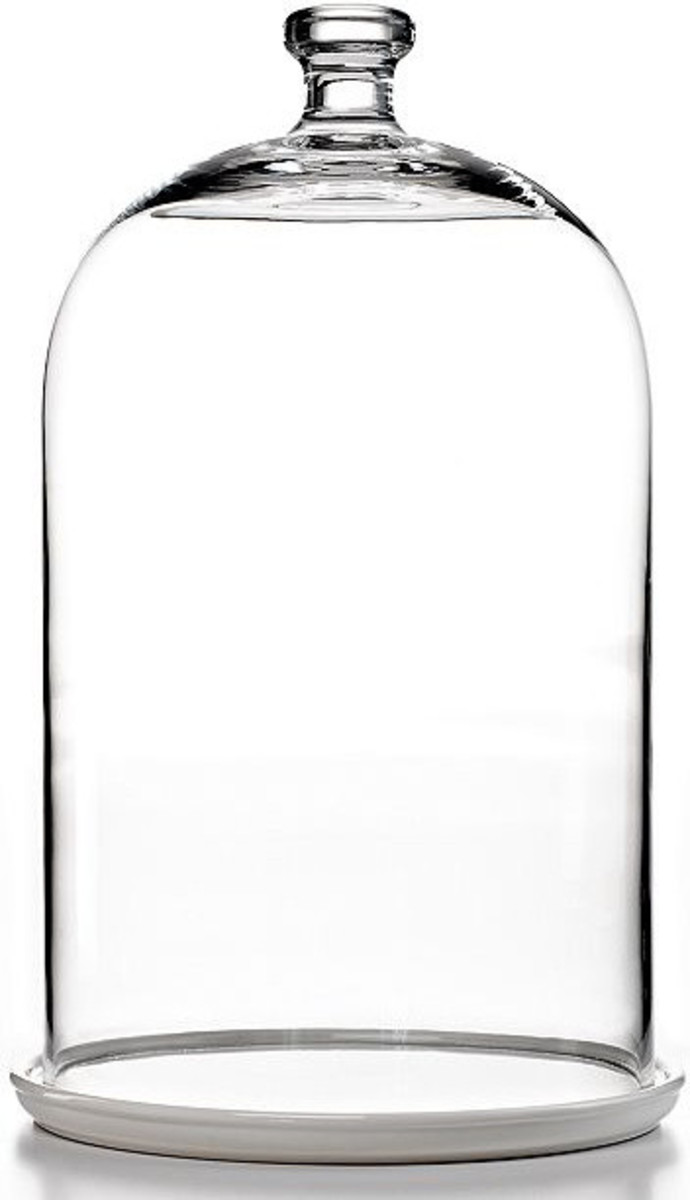- HubPages»
- Health»
- Mental Health»
- Clinical Depression
Is It Winter Blues or SAD... Seasonal Affective Disorder?
Sometimes light therapy can be effective for Seasonal Affective Disorder
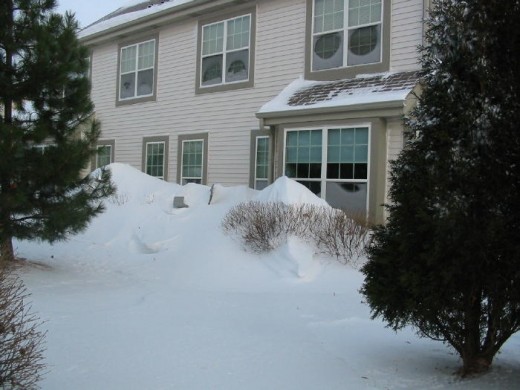
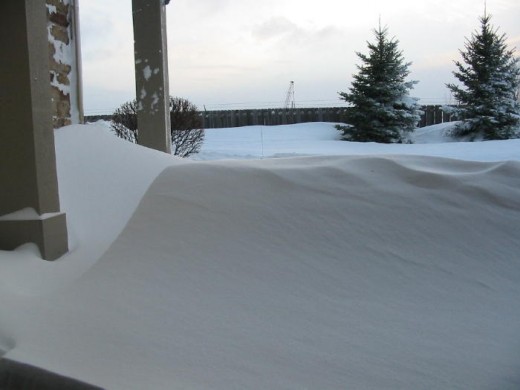
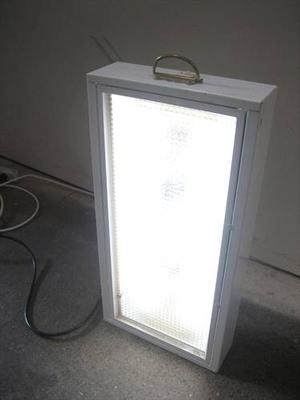
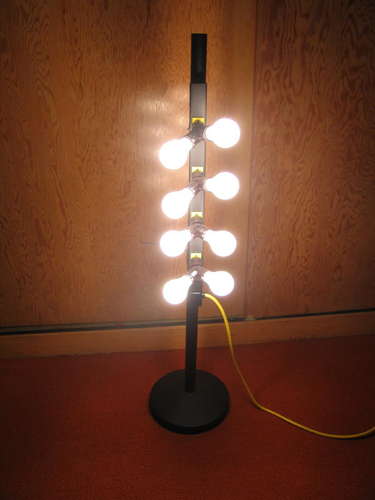
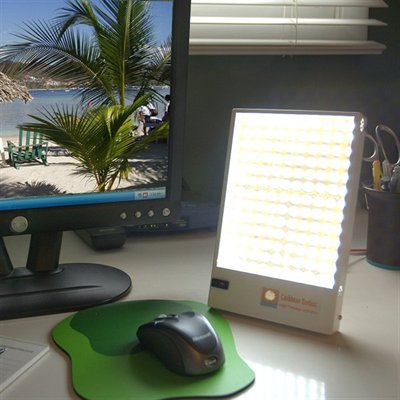
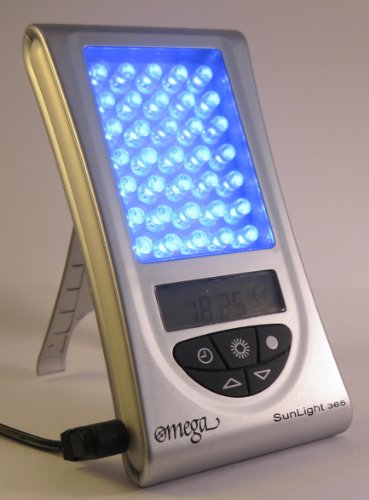
It could also be a milder form of Seasonal Affective Disorder called Subsyndromal Seasonal Affective Disorder
I've noticed a difference in my moods these past two winters since we moved to a sunny place, to Las Vegas, Nevada. This seems to be a pattern with me... when we live in a sunny climate, I am in a better, happier mood than when we live where there are fewer days of sunshine.
When we lived in Wisconsin for almost 14 years, especially the first year we were there, I noticed it right away. I think once the snow started flying on October 3rd that year, and continued until MAY, yep, that's when it started. I can joke about it now, but at the time, it was not funny. I tell people that I cried through my first year up in Wisconsin.
Now after doing some research, I believe that I suffered from a form of Seasonal Affective Disorder, also abbreviated as S.A.D. The milder form of this disorder is called Subsyndromal Seasonal Affective Disorder.
Both of these are characterized by sleeping more, waking up later, increase in appetite, especially craving carbohydrates, weight gain, and lack of enjoyment from things that you previously enjoyed.
I had felt this happen to me at other times in my life, like when we first moved from Tacoma, Washington to Hawaii. I noticed big changes in my moods and outlook on life in general. I honestly believe it had to do with the many, many more days of sunshine in Hawaii, compared to the bleak, rainy, overcast weather in Tacoma, Washington (outside of Seattle).
Clinical Explanations For Seasonal Affective Disorder
Seasonal Affective Disorder is caused by changes that are experienced in people's biological clocks due to seasonal fluctuations in the amount of daylight. When people's melatonin and seratonin levels change, depression can be the result.
In fall, when there are changes in the amount of daylight, a person's biological clock is reset. People's circadian rhythms are affected, which determine how much a person should sleep. When it is darker longer, people feel a need to sleep more.
Seasonal changes really do affect people's levels of the hormone melatonin, which can also affect a person's sleep patterns and their moods. Levels of seratonin, a neurotransmitter in the brain, can also change and lead to feelings of depression. Correcting levels of melatonin and seratonin, along with readjusting a person's circadian rhythm patterns seems to help with seasonal depression.
Sunbelt States Have Always Been Popular
No wonder so many people enjoy living in Sunbelt states, and no wonder there are so many people in the United States referred to as "Snow-birds"! These are a population of people who seek out sunny places during the winter months, then go back to the place they came from once spring arrives. After looking at weather patterns for here in Las Vegas, I found out that there are approximately 300 days a year of sunshine here!
Seasonal Affective Disorder affects about 6% of the U.S. population in cold, northern states, and the milder form, called Sybsyndromal Seasonal Affective Disorder affects closer to 14% of people in those states.
In one study, SAD was found to appear in about 20 percent of people living in Seattle and at altitudes that were similar to Seattle's. SAD appeared in about 10 percent of the population living in New England states. In Washington D.C. and Baltimore areas, about 5 percent of the population was affected. When studies were done in southern California and in Florida, the rate dropped to less than two percent of the population.
In Nordic countries, rates can be even higher, (as high as 9% for SAD and 25% for SSAD) In countries where there is a high intake of vitamin D (as in the mostly fish diet in Japan), the rates are not as high.
It is thought that this is caused by lack of sun, lack of light, and sometimes even the cold temperatures in the late fall and winter months.

Time Of Day Treatments Are Carried Out Affects Results
Morning
| 53 percent success rate
| |
|---|---|---|
Mid-day
| 32 percent success rate
| |
Evening
| 38 percent success rate
| |
Light treatments for Seasonal Affective Disorder are most effective when they are carried out either in the morning or in the evening.
Effective Therapies
One therapy that has been used and found to be effective is light therapy, where a person is exposed to bright light for a certain period of time each day, and there are light lamps sold that are used for this purpose. You should never look directly at the lamp, simply have it nearby so your eyes will see that there is more light in the room. Another effective therapy is a "sunrise" therapy also using lights, and simulating the rising of the sun earlier than it actually rises.
Cognitive behavioral therapies can be used in addition to light therapy, as well as the use of antidepressants to increase the amount of seratonin in the brain. For some people, the addition of melatonin therapy is helpful, but that should always be very closely monitored by a physician.
Perhaps one of the easiest things to try is using a lamp specifically made for the treatment of SAD. I wish now that I had tried that when I lived in these climates, instead of just "suffering" through it, and thinking that it was just "winter blues."
Sometimes it is just "easier" to dismiss these feelings and to make light of them, rather than to face them and actually get some help for them. I guess as I've gotten older I've gained some wisdom (at least I like to think that I have)... I feel now that life is too short to keep suffering through something that there is effective help available to make you feel better. So, if you do feel that you have "winter blues" or perhaps even SAD or SSAD, talk to your physician, you might be pleasantly surprised that there IS help available for you!

